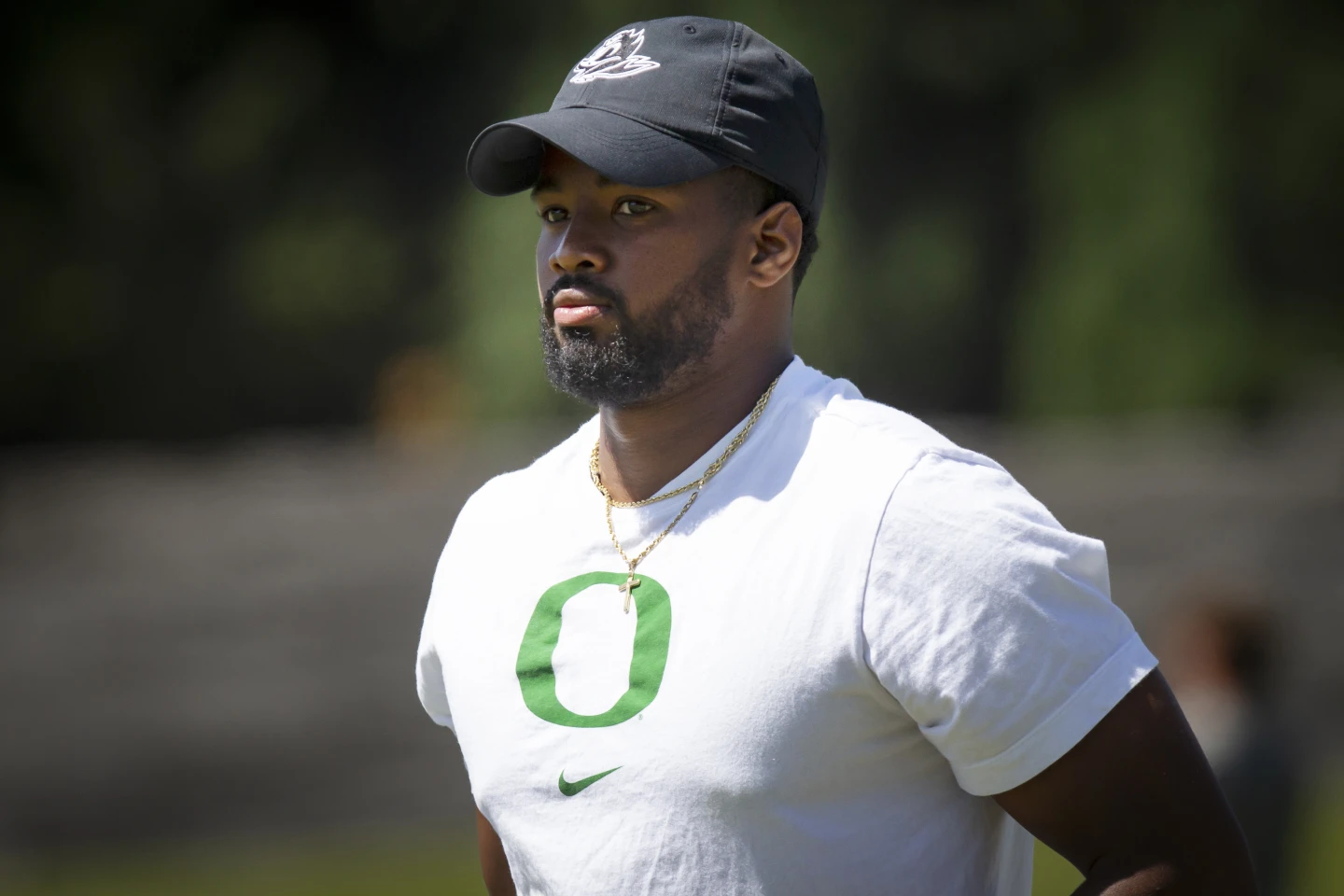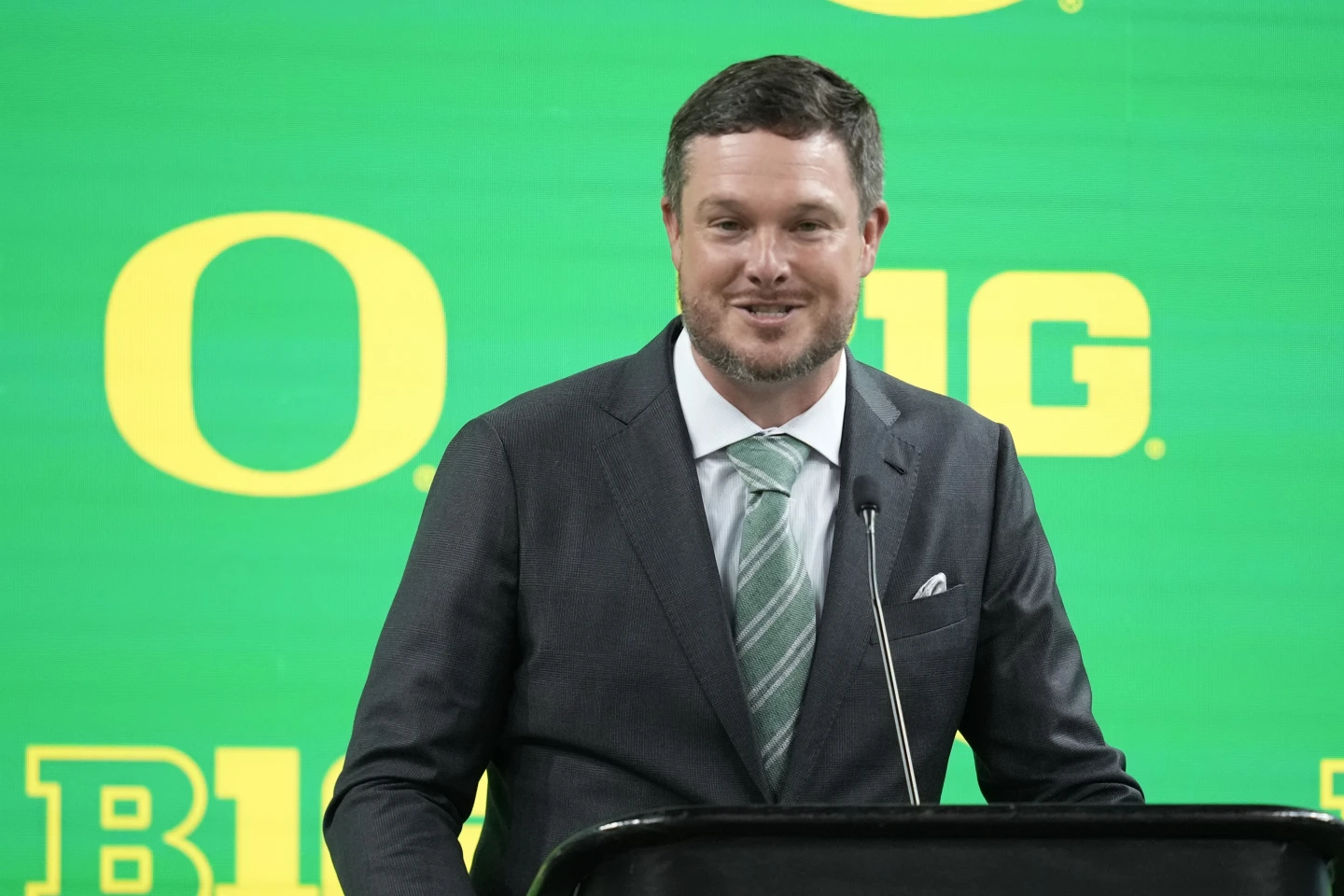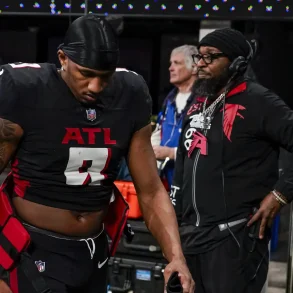Ra’Shaad Samples was a quiet and newly appointed student-assistant, working on catching balls at practice with a group of wide receivers who had recently been his teammates when he learned one of his first big lessons about coaching.
“Ra’Shaad, you have to talk to coach,” Samples remembers then-Houston coach Tom Herman yelling at him from across the practice field.
The 29-year-old Samples has come a long way since then. He is now starting his first season as the running backs coach at No. 3 Oregon. He has also worked at Texas, SMU, TCU, the Los Angeles Rams — where he was the youngest position coach in the NFL — and Arizona State.
With the current changes in college football, such as new rules on player compensation and transfers, many coaches — including Nick Saban — are questioning if the job is still right for them.
For younger coaches like Samples, who might be the head coaches of the future, adapting is key.

The head coaches Samples has worked with in his 30s — Sean McVay with the Rams, Kenny Dillingham at Arizona State, and now Dan Lanning at Oregon — have shown him that it’s not just about following trends but setting them.
“I actually think about that all the time,” Samples said. “I think the most important part of staying competitive in college football is fluidity and being able to change with the times.”
In the past, staying competitive meant trying out new offensive and defensive strategies, using social media for recruiting, or adopting fourth-down analytics.
Now, as college football starts to resemble professional football, the basic relationship between player and coach is shifting. The organization of programs is changing too. Recruiting is becoming more transactional, and keeping talent is becoming as important — if not more important — than acquiring new talent.







